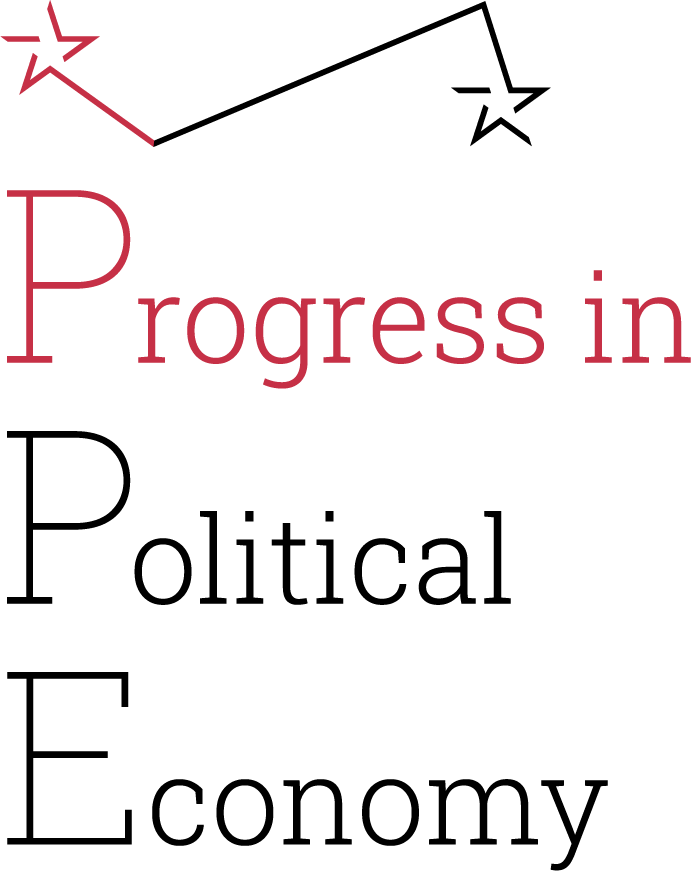Open Letter: The Coalition’s Nuclear Plan Doesn’t Add Up—Spend the Money on Household Clean Energy Instead
Gareth Bryant | April 20, 2025
In the wake of the Government's announcement of its Cheaper Home Batteries Program, 60 Australian economists have signed a letter comparing the economic consequences of pursuing nuclear energy against those of subsidising distributed clean energy technologies, including batteries. The [...]
1687














